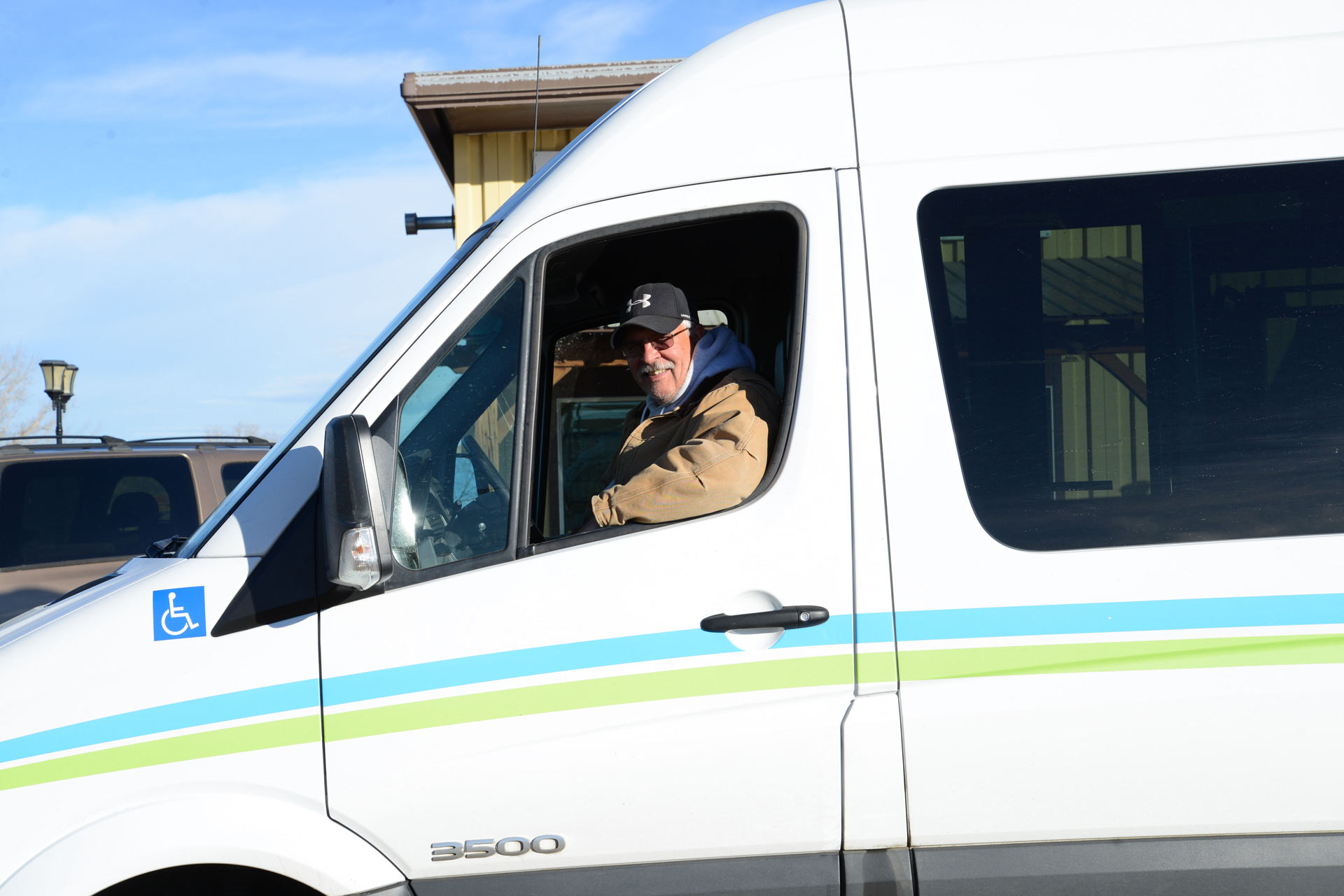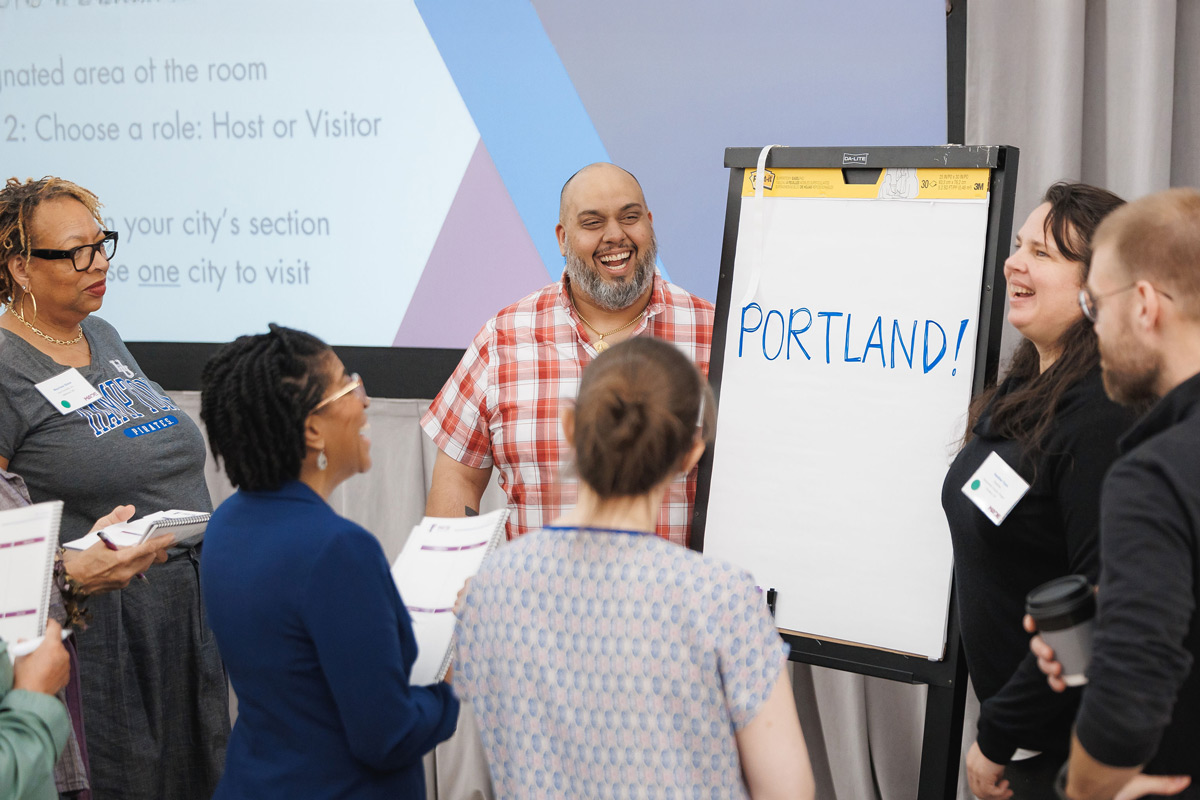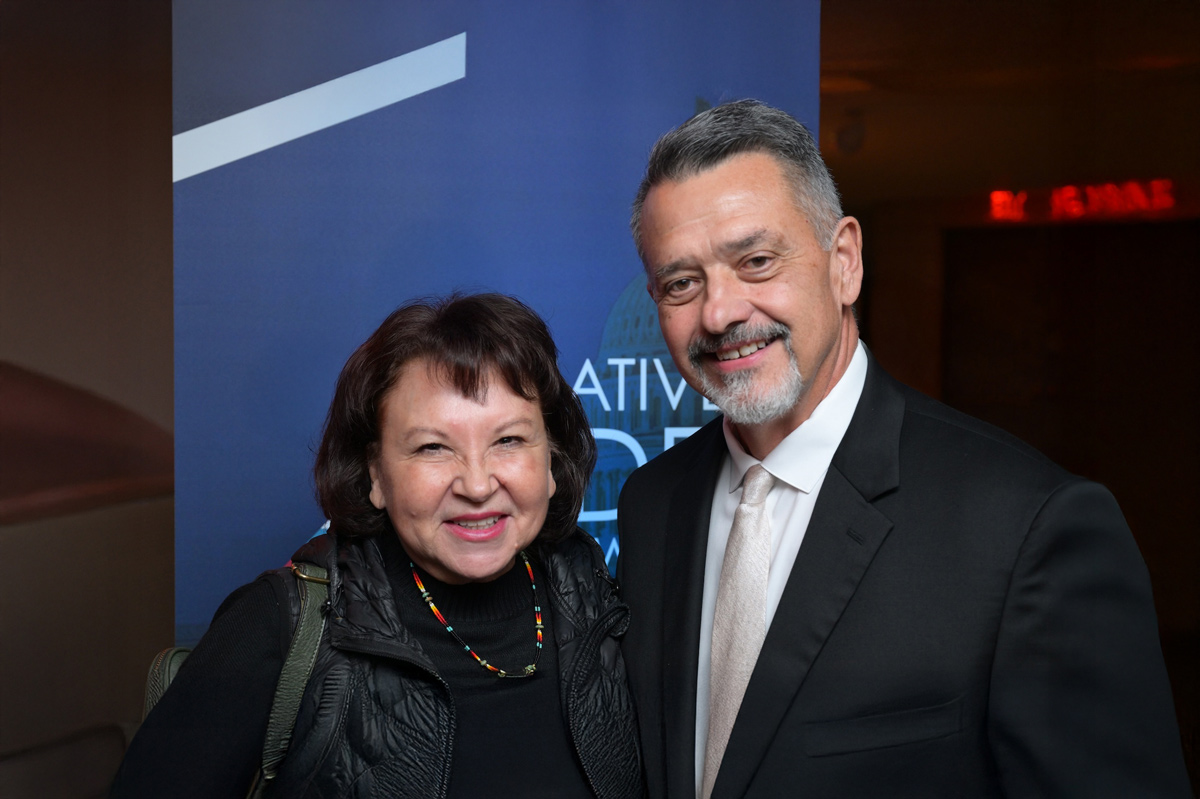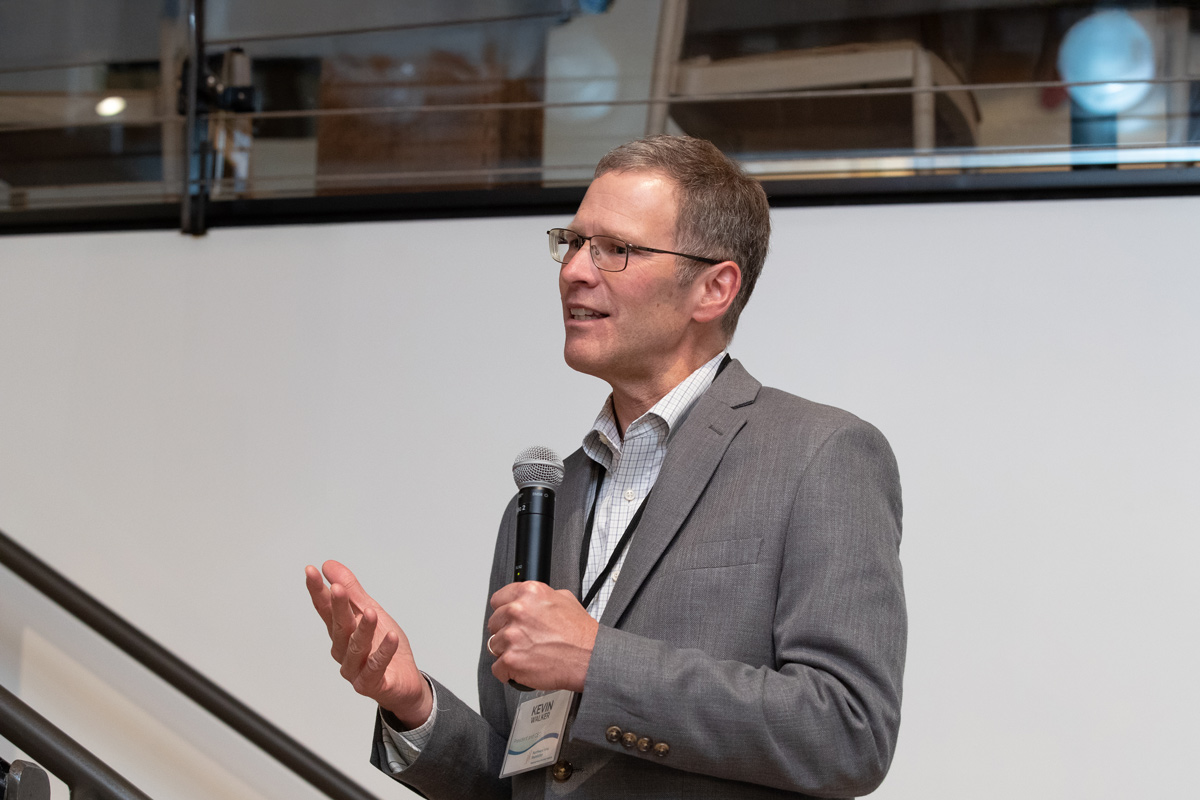By Clay Scott
On a chilly fall morning at 6:30 a.m., Rana Weber guides her bus down the streets of Havre, Montana, and onto Highway 2—the east-west route referred to by locals as the Hi-Line.
She’s making her twice-daily trip to Fort Belknap Reservation and back—a drive of 50 miles each way. Along the route, she stops to pick up riders, greeting each of them by name. Some of these are scheduled stops. In other cases, passengers flag her down from the roadside. Rana (pictured below) is one of several drivers for North Central Montana Transit, a public transportation system created and operated by Opportunity Link. NCM Transit has served rural communities here since 2009. Until NCM Transit was founded—with local and tribal government agencies, educational institutions, and social service organizations—many inhabitants of this region were isolated. Barbara Stiffarm, Executive Director of Opportunity Link, says that was especially true of older residents of Rocky Boy’s Reservation, Fort Belknap, and other Native and non-Native communities in North Central Montana.
NCM Transit is one of the highest profile projects of Opportunity Link. But it represents only a fraction of the important work undertaken by the organization. Barbara, who herself rides the bus to Havre from her home in Harlem, stresses the word link.
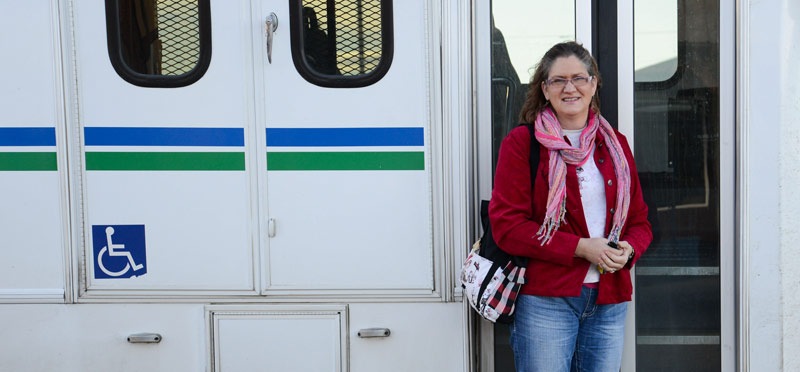
Providing the link
“All of our projects at Opportunity Link are connected,” she says. “Our efforts in workforce training, for example, in enterprise and small-business development, affordable housing and energy efficiency, volunteer income tax programs and financial literacy, and accessible transportation—how do you separate these things? All of them are interrelated, and all of them lead to individual and community prosperity. Our name really says it: we strive to provide the link between people, and some of the opportunities that are out there for them—opportunities they might not otherwise know of, or have access to.”
Barbara cites “Workin’ With Tradition,” an innovative training curriculum developed by Opportunity Link, which focuses on the acquisition of soft skills that are crucial to workplace success. The program consists of 10 lessons, given to small groups of participants over a three- to six-week period. In particular, says Barbara, the curriculum is designed to help residents of northern Montana’s Native communities who are looking for employment off the reservation. “Workin’ With Tradition” helps prepare job seekers for cultural differences they might encounter in the workplace, and discusses expectations non-Native employers might have of them. A goal of the program, says Barbara, is to help participants develop the interpersonal and problem-solving skills they need to succeed at work, while stressing the need to keep tribal and indigenous identity intact.
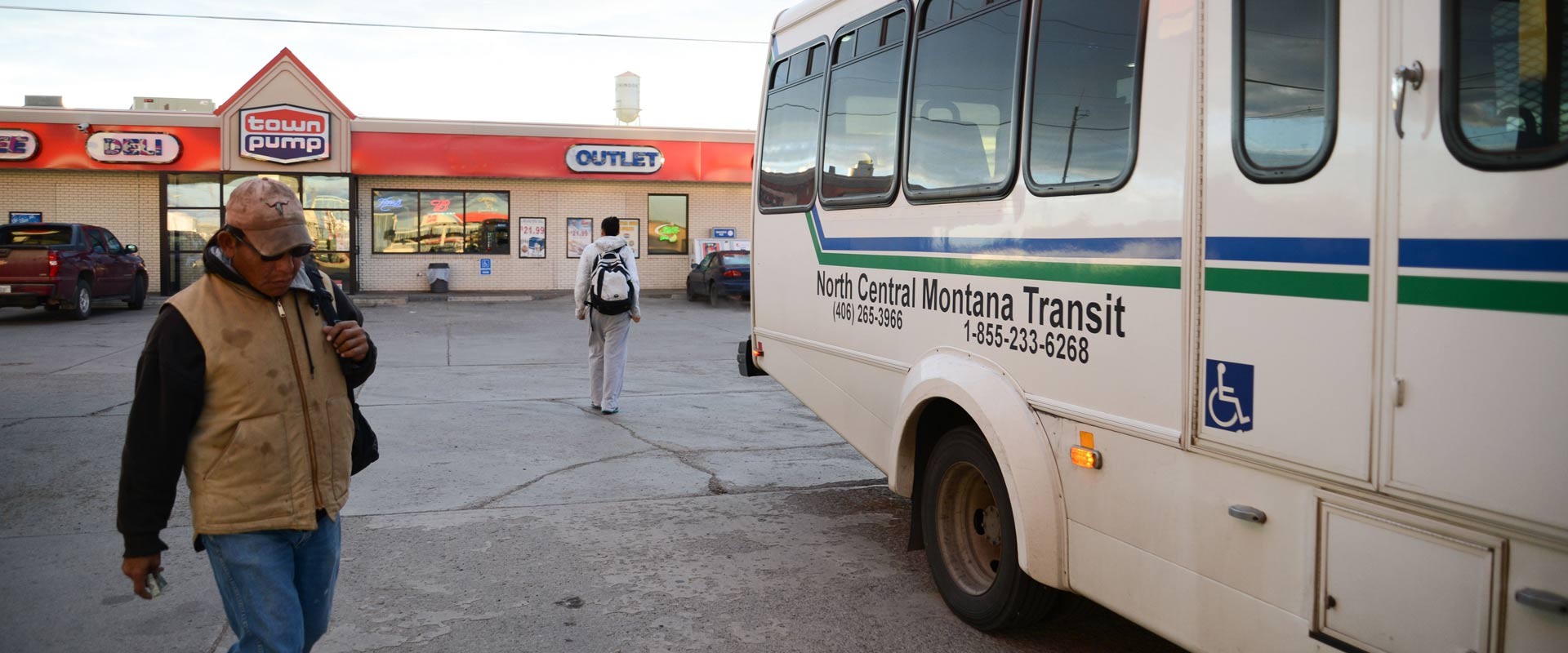 A critical need
A critical need
Meanwhile, as the NCM Transit bus, now full, makes its way west toward Havre, Barbara Stiffarm surveys the passengers.
“There was a critical need for this,” she says. “Many people needed specialized health care, for example, but they didn’t have the means to get to their appointments in Havre.”
For others, she says, lack of affordable transportation was a significant barrier to finding and keeping jobs. Alvin Hopkins, of Fort Belknap, uses NCM Transit to commute to Havre five days a week.
“I don’t know what we did before we had these buses. Just knowing that every morning, rain or snow or whatever, we can get to our appointments, get to the clinic, get to the store, because that bus is going to be there. It really changed everything for us.”
Alvin Hopkins
Fort Belknap resident
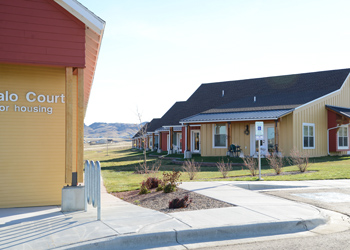
Opportunity Link Grantee Story
Opportunity Link creates economic opportunities for North Central Montanans through interconnected programming that strengthens the local economy. It provides soft skills training and then connects individuals through its regional network to new employment and small-business opportunities. Transportation is a vital employment service that links rural residents to training and jobs. Opportunity Link’s work also helps individuals and communities build prosperity by supporting homeownership, regional planning, business development, and financial education that teaches residents how to manage and save money.
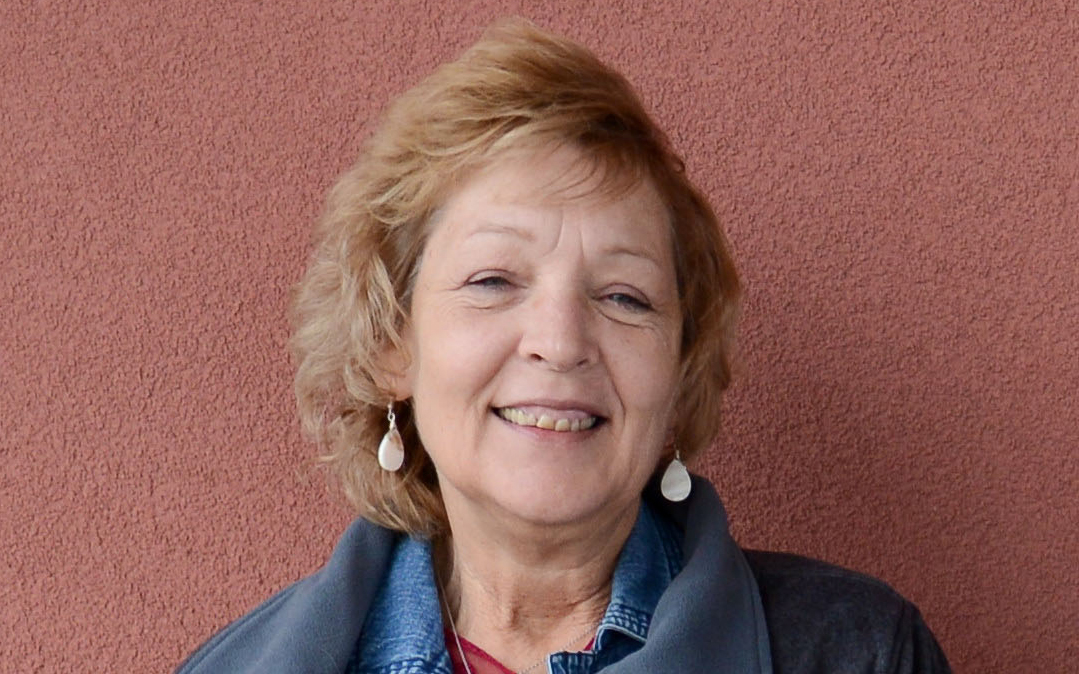
“All of our projects at Opportunity Link are connected . . . and all of them lead to individual and community prosperity.”
Barbara Stiffarm
Executive Director, Opportunity Link
Photography by Shannon Burnette-Meek

